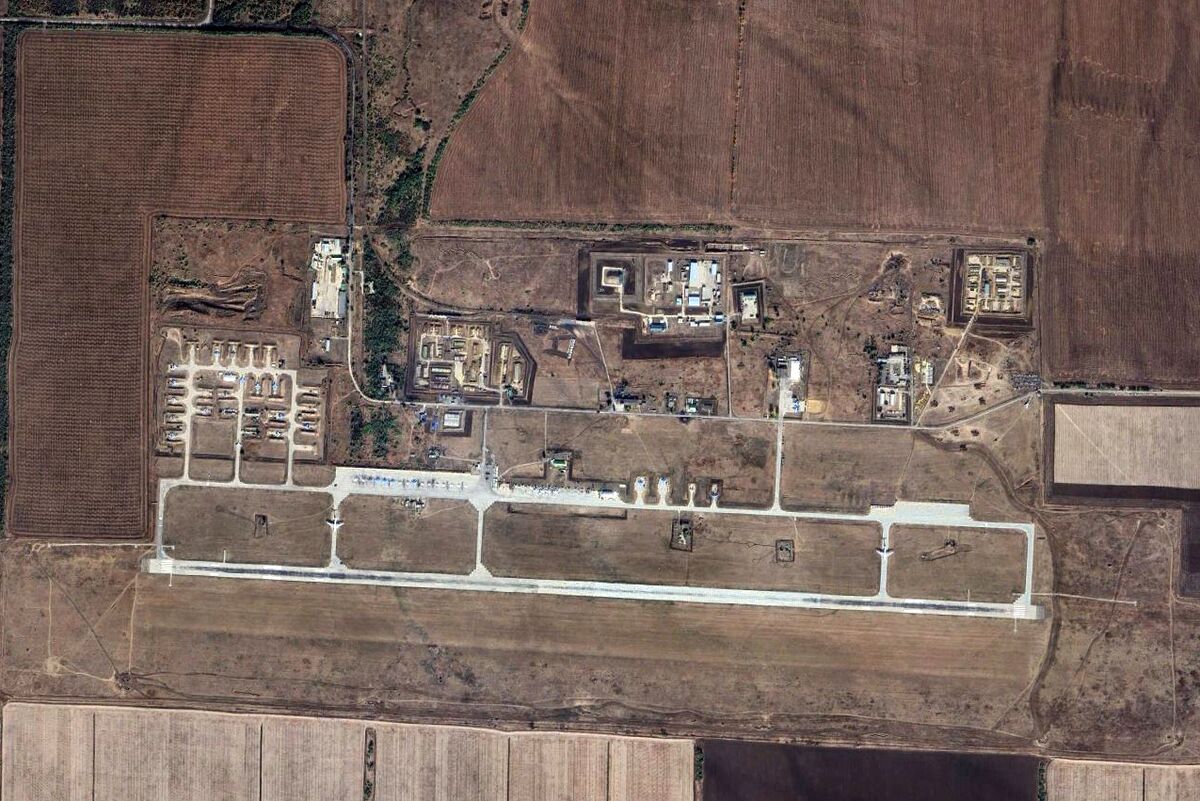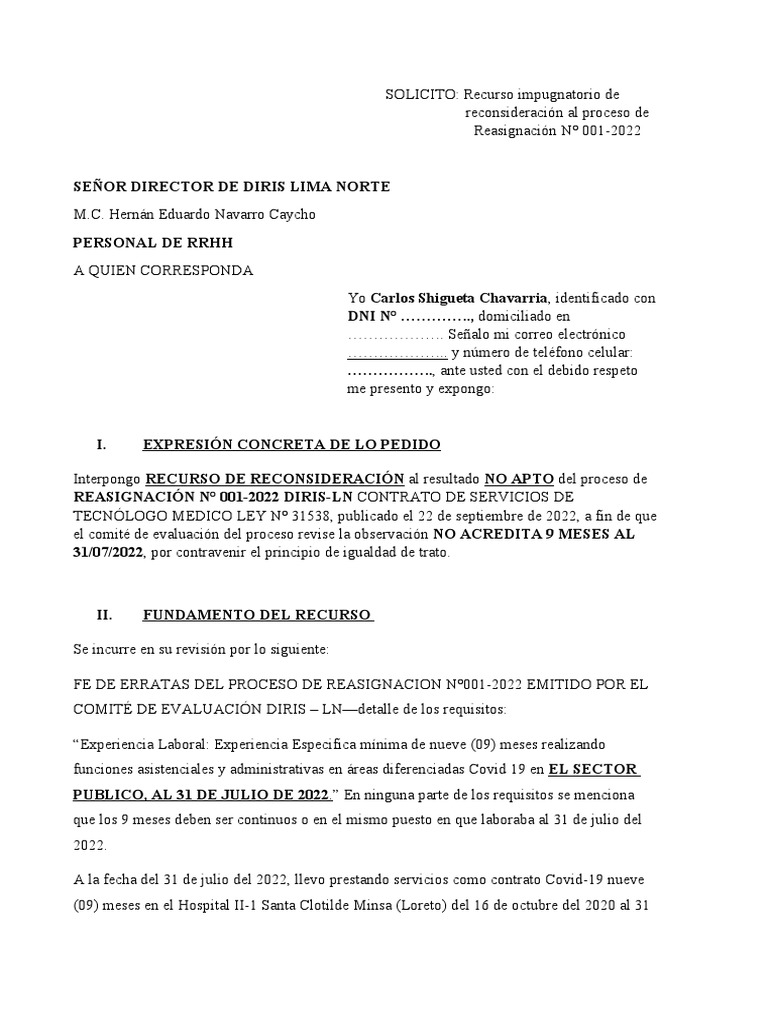Ukraine's Defense Against Russia's Largest Drone Swarm

Table of Contents
The Scale and Nature of the Drone Attacks
Russia's deployment of drone swarms against Ukraine signifies a shift in tactics, leveraging inexpensive, readily available technology to achieve strategic military aims.
Types of Drones Used
Russia primarily employs Iranian-made Shahed-136 and Lancet drones, alongside other domestically produced UAVs. These drones vary significantly in capabilities:
- Shahed-136: Relatively inexpensive, with a limited range but capable of carrying a warhead sufficient to cause significant damage.
- Lancet: Smaller, more maneuverable, with a higher degree of precision and loitering capabilities, enabling them to target moving objects.
- Other UAVs: Russia also employs a variety of other drones, some with longer ranges and enhanced surveillance capabilities, adding complexity to Ukraine's defensive efforts.
The strategic implication of using these drones is clear: Russia seeks to overwhelm Ukraine's air defenses with sheer numbers, minimizing the cost while maximizing the disruption caused.
Tactics Employed by Russia
Russia’s drone attacks are characterized by:
- Saturation attacks: Launching large numbers of drones simultaneously to overwhelm air defenses.
- Wave attacks: Launching drones in successive waves to extend the period of attack and increase the strain on Ukraine's defenses.
- Geographical targeting: Focusing attacks on critical infrastructure like power grids, energy facilities, and civilian areas to cripple essential services and demoralize the civilian population.
This tactic aims to exhaust Ukrainian resources and create widespread chaos and disruption. The strategic reasoning behind this approach is to degrade Ukraine’s military and civilian capabilities without committing significant resources.
Assessing the Damage
The impact of these attacks has been severe:
- Widespread power outages: Crippling essential services across numerous regions.
- Damage to civilian buildings and infrastructure: Resulting in casualties and displacement.
- Economic disruption: Affecting industries and the overall economy.
Precise quantification of the damage is ongoing, but reports from Ukrainian officials and international organizations consistently indicate significant losses. The economic impact alone is considerable, requiring substantial resources for repairs and reconstruction.
Ukraine's Defense Strategies and Technologies
Ukraine's defense against these drone swarms is a multi-layered effort, combining existing air defense systems, electronic warfare, and civilian initiatives.
Air Defense Systems
Ukraine utilizes a mix of Western-supplied and domestically produced air defense systems:
- NASAMS (National Advanced Surface-to-Air Missile System): Highly effective against various aerial threats, but limited in numbers.
- IRIS-T (Infrared Imaging System Tailored): Provides mid-range air defense capabilities.
- Patriot: A long-range, advanced air defense system capable of engaging multiple targets.
However, intercepting inexpensive drones with these expensive missile systems presents a challenge. The cost-effectiveness of using advanced systems against low-cost drones is a major concern.
Electronic Warfare and Countermeasures
Ukraine employs various electronic warfare (EW) techniques:
- Jamming: Disrupting drone communications and navigation systems.
- Spoofing: Sending false signals to confuse and redirect drones.
- Cyberattacks: Targeting the control systems of drones.
The effectiveness of these measures is dependent on technological advancements and the ability to adapt to constantly evolving Russian tactics. The ongoing arms race in EW technologies is crucial in determining the success of these countermeasures.
Civilian Defense Initiatives
Civilian participation plays a vital role:
- Spotter networks: Volunteers report drone sightings, providing early warning systems.
- Community awareness programs: Educate civilians on safety protocols during drone attacks.
This active participation demonstrates the national unity and commitment to defending the country against this new type of threat. This grassroots effort is crucial, providing valuable intelligence that supplements official defense efforts.
Challenges and Future Implications
Ukraine faces significant challenges in its defense against drone swarms.
Resource Constraints
Several constraints limit Ukraine’s defense capabilities:
- Funding: The cost of acquiring and maintaining advanced air defense systems is substantial.
- Training: Skilled personnel are essential to operate and maintain complex systems.
- Supply chain issues: Securing consistent supplies of ammunition and parts is crucial.
These limitations directly impact Ukraine's ability to effectively counter large-scale drone attacks. International support is paramount in addressing these constraints.
Adapting to Evolving Threats
Ukraine must adapt to evolving Russian tactics:
- Improved detection systems: Investing in advanced radar and sensor technologies to detect and track incoming drones.
- AI-powered defense solutions: Developing and deploying AI systems to autonomously identify and neutralize drone threats.
Adapting to the speed of innovation and technological advancements on the battlefield is crucial for ensuring long-term defense capabilities.
International Support
International partners play a vital role:
- Military aid: Supplying Ukraine with necessary air defense systems and countermeasures.
- Intelligence sharing: Providing information on Russian drone capabilities and tactics.
- Technological assistance: Supporting the development and deployment of counter-drone technologies.
Continued international cooperation is crucial for providing Ukraine with the resources and technological support it needs to effectively counter Russia's drone swarms.
Conclusion
Ukraine's defense against Russia's large-scale drone attacks presents both successes and significant challenges. Understanding the scale of the attacks, the effectiveness of Ukraine's defensive strategies, and the resource constraints faced is crucial. The evolving nature of this conflict necessitates continuous adaptation and innovation in defense technologies, emphasizing the critical role of international cooperation. Understanding Ukraine's defense against Russia's drone swarms is crucial for developing effective countermeasures. Continued research and international cooperation are vital to ensuring Ukraine's security against future drone attacks and strengthening its overall air defense capabilities.

Featured Posts
-
 Prohibicion De Celulares En Segunda Vuelta El Recurso De Impugnacion De Correismo
May 19, 2025
Prohibicion De Celulares En Segunda Vuelta El Recurso De Impugnacion De Correismo
May 19, 2025 -
 La Muerte De Juan Aguilera Un Homenaje Al Primer Triunfo Espanol En Masters 1000
May 19, 2025
La Muerte De Juan Aguilera Un Homenaje Al Primer Triunfo Espanol En Masters 1000
May 19, 2025 -
 Armenias Eurovision 2025 Participation Parg Confirmed
May 19, 2025
Armenias Eurovision 2025 Participation Parg Confirmed
May 19, 2025 -
 Eurovision 2025 Will Jamala Perform
May 19, 2025
Eurovision 2025 Will Jamala Perform
May 19, 2025 -
 Eksereynontas Tin Teleti Toy Ieroy Niptiros Sta Ierosolyma
May 19, 2025
Eksereynontas Tin Teleti Toy Ieroy Niptiros Sta Ierosolyma
May 19, 2025
